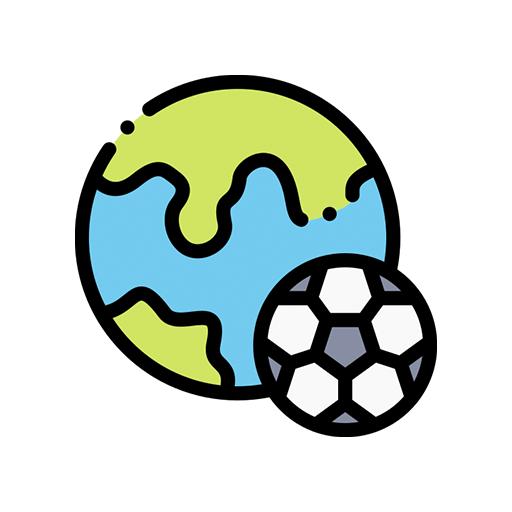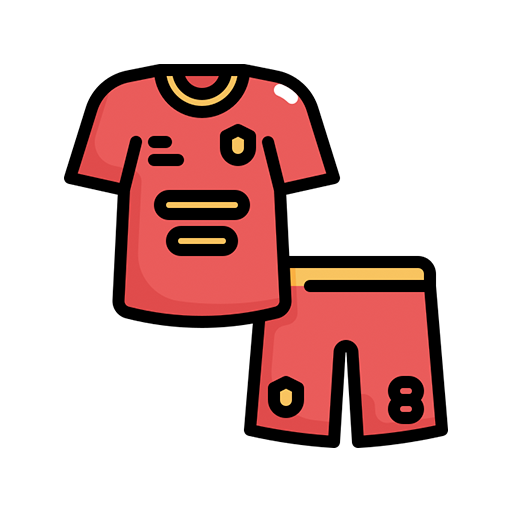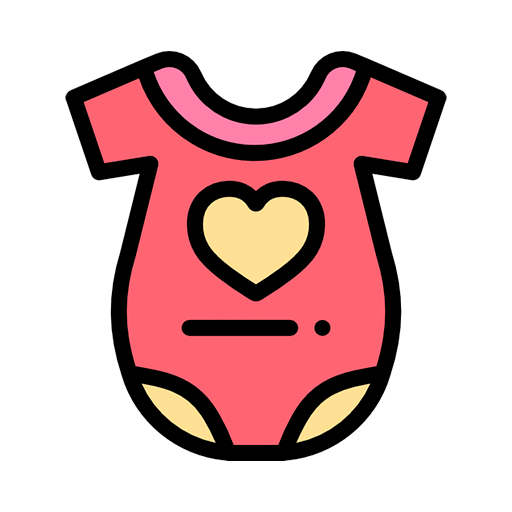
Baby Hat -- Everything You Need to Know about Baby Hat
Share
Can babies sleep with a hat ?
Many parents have this doubt: Can a baby sleep with a hat? According to the information I have, I can tell you that it is not advisable to let your baby go to bed with a hat. There are a few reasons for this. Firstly, when a baby is sleeping, they regulate their body temperature through their head. Wearing a hat while sleeping may cause their temperature to rise too high. Secondly, older babies may feel uncomfortable and try to remove the hat while sleeping. This behavior can be very dangerous and increase their risk of sudden infant death syndrome. Therefore, it is crucial for you to ensure that your baby sleeps without a hat.
Can babies wear a hat in the car?
When babies wear hats in a car, their body temperature can increase rapidly, putting them at a higher risk of overheating and sudden infant death syndrome. Therefore, it is important to avoid putting a hat on your baby when they are in the car.
How large should a baby hat be?
It is important to choose a suitable hat for your baby, and here are some suggestions on how to do so. Newborn crochet hats typically measure around five to five and a half inches in length and have a crown width of four to four and a half inches. The hat circumference may vary for each baby, but typically newborns up to three months old have a hat circumference of thirteen to fourteen inches. It is advisable to choose a hat size that is as close to these measurements as possible for the best fit.
How long should babies wear hats?
As we know, it is common for babies to wear hats when they are born. After leaving the hospital, it is recommended to continue dressing your baby in a hat if the weather is cold, particularly when going outside. A warm hat can help to protect their sensitive head and ears from the cold temperatures. It is important to ensure that the hat is appropriate for the weather conditions and fits comfortably on your baby's head.
How to organize baby hats?
Organizing baby hats can indeed be a practical approach to ensure they are easy to find and keep them clean. Storing baby hats in baskets or drawers is a great idea. Here are some tips to help you organize them effectively:
-
Categorize by type: Sort the hats into different categories based on their type, such as winter hats, sun hats, or knitted hats. This way, you can easily find the hat you need for a particular season or occasion.
-
Use dividers or compartments: If you have a drawer designated for baby hats, consider using dividers or small compartments to separate and organize them. This will prevent hats from getting tangled or mixed up.
-
Label or color code: If you have multiple babies or want to differentiate between hats of different sizes or styles, you can label or color code the storage containers. This will help you quickly identify the hats you need.
-
Hang hats on hooks or racks: If you have limited drawer or storage space, you can use hooks or racks to hang the hats. This method allows you to display the hats while keeping them organized and easily accessible.
-
Consider transparent containers: If you prefer using baskets or containers, opt for transparent ones. This way, you can easily see the hats inside without having to open each container.
Remember to regularly clean and sanitize the storage area to maintain cleanliness and hygiene for your baby's hats.
What temperature should babies wear hats outside?
It is not safe for babies to wear hats outdoors since they are not able to regulate their body temperature as effectively as adults.
However, if you still want to let your baby wear a hat, here are some guidelines to consider. Depending on the weather conditions in your area, you can dress your baby in a hat during autumn, winter, and even throughout the year. Babies can lose up to one-third of their body heat through their heads, so a hat can help keep them warm in cold weather. However, it's important to note that a hat alone is not the only accessory needed for babies in cold weather.
If the temperature is 75 degrees Fahrenheit or higher, it is advisable to remove the hat to prevent the baby from becoming too hot. On the other hand, if the temperature is below 75 degrees Fahrenheit, it is recommended to have the baby wear a hat to keep them warm.
Remember to monitor your baby's comfort and adjust their clothing accordingly to ensure they are not overheating or getting too cold.
Are hats safe for babies?
While baby hats can be adorable, it is important to follow the recommendations of the American Academy of Pediatrics. They advise against wearing hats indoors during the first few hours of a baby's life as they can potentially cause overheating. Research has indicated that overheating while sleeping can increase the risk of sudden infant death syndrome (SIDS). Therefore, it is crucial to prioritize the safety of babies and use baby hats appropriately, ensuring they are not causing overheating or compromising their well-being.
The circumference of baby hat
Since a baby's head circumference increases month by month, it is advisable to select hats based on their age. We recommend referring to a size chart to help you find the appropriate hat size for your baby's age. Additionally, you can visit the manufacturer's website to explore more styles and size information. This will ensure that you choose the right hat that fits your baby comfortably.
| Age | Head Circumference | Hat Height |
| Newborn | 14"(36cm) | 6"(15cm) |
| Baby(3-6M) | 17"(43cm) | 7"(18cm) |
| Baby(6-12M) | 18"(46cm) | 7.5"(19cm) |
| Toddler(1-3Y) | 19"(48cm) | 8"(20cm) |




